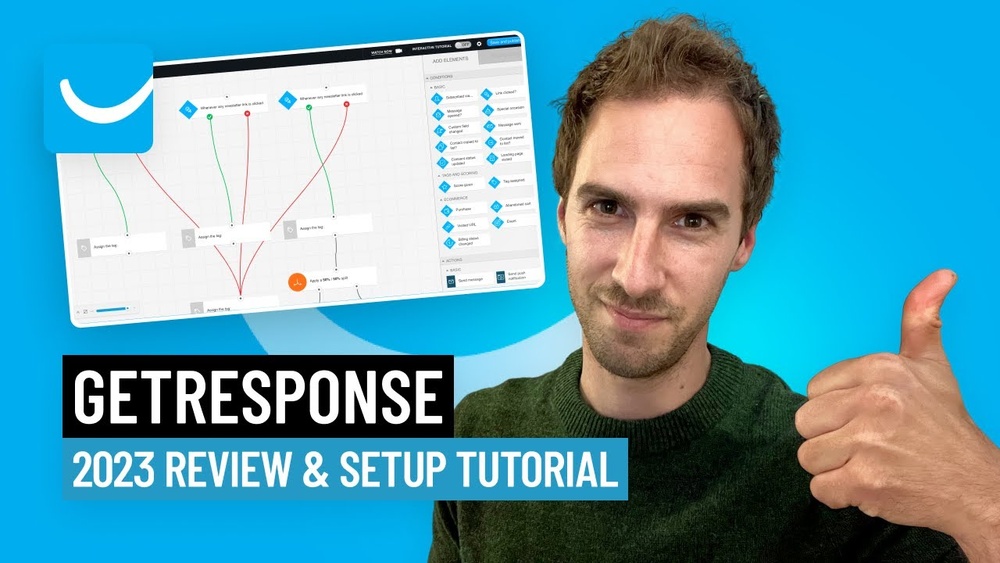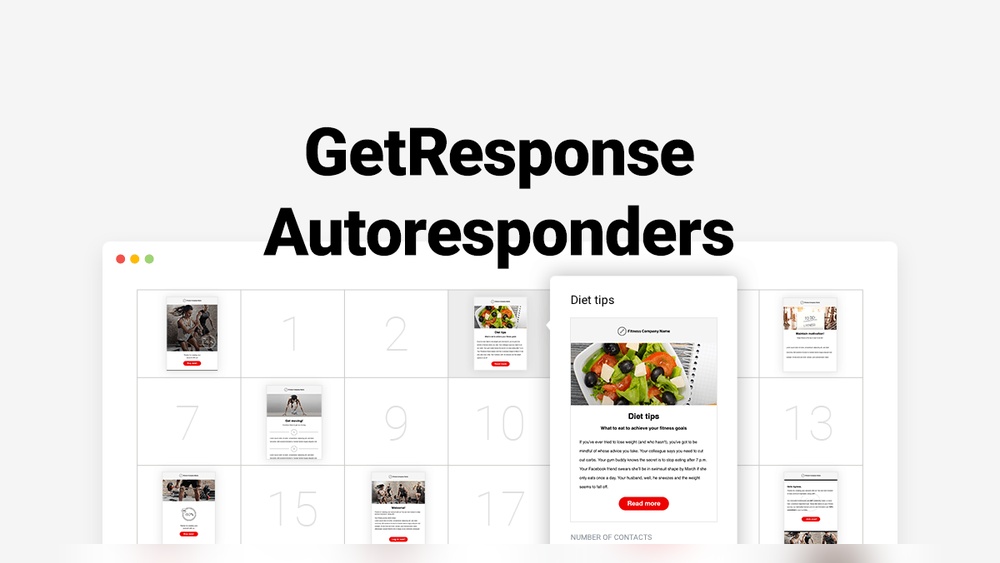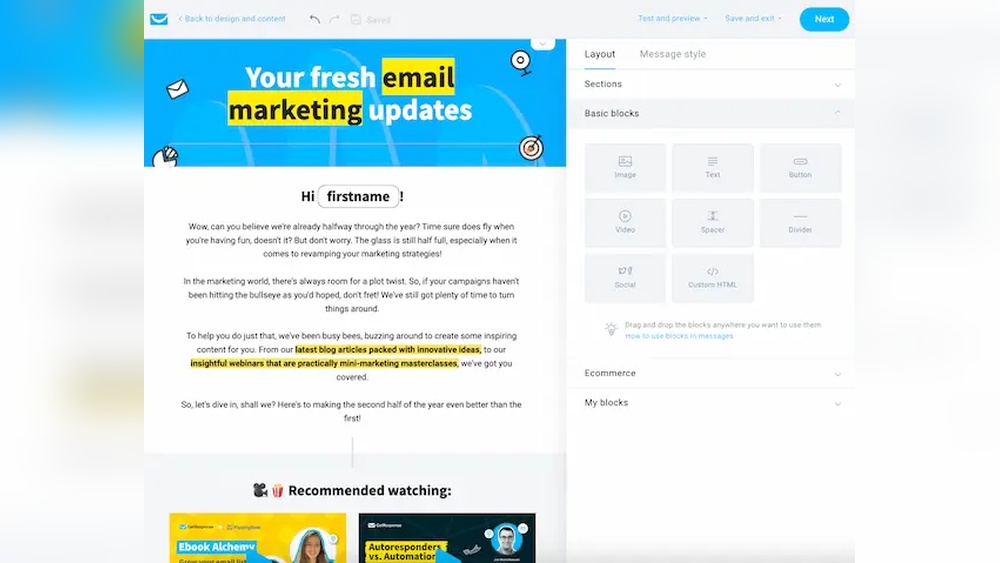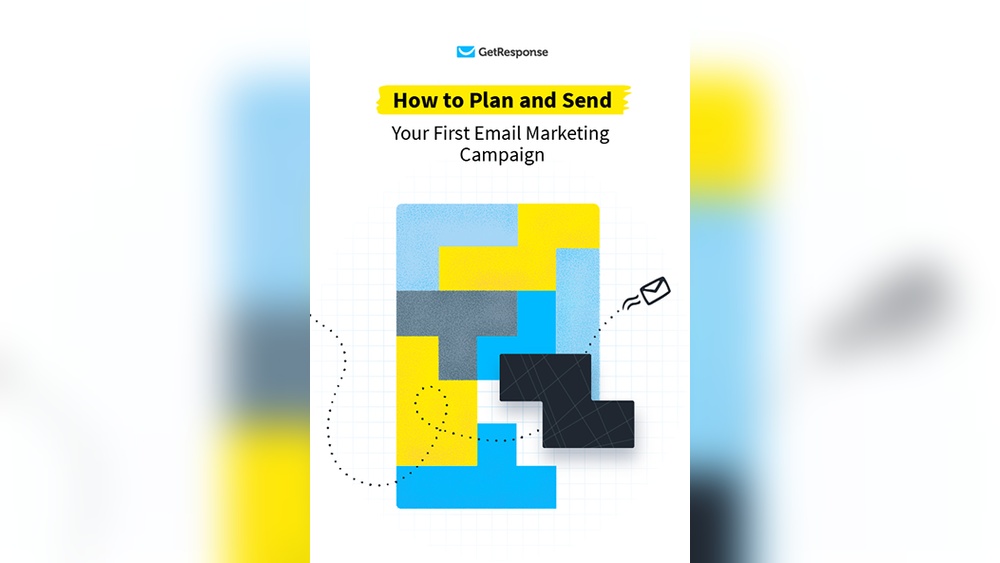Imagine visiting a website and being instantly captivated by a page that seems to speak directly to you, guiding you effortlessly toward the information or action you desire. This is no coincidence; this is the power of a well-designed landing page.
You might have heard the term “landing page” tossed around in web design conversations, but what exactly does it mean, and why should it matter to you? You’ll discover the magic behind landing pages, how they can transform your website’s effectiveness, and why they’re crucial for driving conversions.
Stick around, and you’ll learn how to leverage this potent tool to capture your audience’s attention and achieve your online goals.

Credit: www.exabytes.my
Purpose Of Landing Pages
Landing pages help collect information from visitors. They can use forms to gather emails. This information is useful for future marketing. Companies use it to reach more people. It helps them make more sales.
These pages often support promotions. They highlight special offers and discounts. Visitors see the best deals on the page. It’s designed to attract attention quickly. This helps increase sales during a campaign.
Landing pages are ideal for announcing new products. They showcase product features and benefits. Visuals and text make the product appealing. Visitors learn why they need the product. This drives interest and sales.
Credit: www.figma.com
Types Of Landing Pages
These pages guide visitors to a main product or service page. They often include a brief introduction. A clear call-to-action button is present. This button leads to more detailed information. No form is usually required here. They are simple yet effective.
These pages are designed to collect visitor information. Forms are often present on these pages. Users give their email addresses or phone numbers. This helps businesses create potential leads. Offers or free trials can attract more users here. Very useful for marketing.
Squeeze pages also collect visitor information. They focus on email addresses. The design is very minimal. A strong call-to-action is usually included. Sometimes a short video or image is present. They are quick and to the point. Perfect for growing email lists.
These pages aim to convince visitors to buy. They have detailed product descriptions. Testimonials and reviews are usually included. Sometimes, there are special offers or discounts. These pages are longer than others. They focus on making the sale happen.
Key Elements Of An Effective Landing Page
A compelling headline grabs attention fast. It tells the reader what the page is about. Use simple and clear words. Make sure it is relevant to the content. The headline should be short and meaningful. An effective headline increases interest.
A clear call to action directs users. It tells them what to do next. Use action words. Make it visible on the page. Keep it easy to understand. Make sure it stands out. It should be simple and direct.
Engaging visuals attract the eye. They make the page lively. Use images that match the content. Avoid clutter. Ensure high quality pictures. They should support the message. Visuals should be easy to see and understand.
User-friendly design makes navigation simple. Layout should be clean. Text should be readable. Buttons must be easy to click. Ensure that links work. Design should feel natural. Users should find information quickly.
Design Best Practices
A landing page in web design serves as the first point of contact for visitors. Its goal is to capture attention and encourage a specific action, like signing up or buying a product. Designed for simplicity, it should clearly present the main message and call-to-action.
Mobile Responsiveness
Web pages must work on phones and tablets. People use many devices. Make sure the page looks good on all. Images and text should fit well. Buttons need to be easy to tap. Fast loading is important. Slow pages lose visitors. Test the page often to keep it working well.
Minimalist Layout
A clean design helps focus. Less clutter means more clarity. Use white space wisely. It makes the page easy to read. Clear fonts improve readability. Simple layouts keep the user happy. Avoid too many colors. Stick to a few to keep the style neat.
Consistent Branding
Branding tells your story. Use the same colors and fonts everywhere. Logos should be clear and visible. Keep language simple and friendly. Consistency builds trust. People remember what they see often. Make sure every page feels the same. This helps users feel confident.
Seo Considerations
Choosing the right keywords is crucial for landing pages. Use specific words. They should match what people search. Avoid difficult words. Use simple terms. Make sure keywords are in the title, headings, and content. Repeat them naturally. Don’t overuse them. This helps search engines understand the page.
Meta tags are important for SEO. Include a clear title tag. It should have main keywords. Write a short description. Explain what the page is about. Use keywords here too. Meta tags help search engines find your page. They also show in search results.
Pages must load fast. Slow pages lose visitors. Use small images. Compress files. Minimize scripts. Fast pages rank better. Search engines like them. Users are happy with fast pages. Loading speed is crucial for good SEO.
A/b Testing For Optimization
Headlines catch eyes first. They are very important. Different headlines can change results. Test many headlines. See which one works best. Short headlines are good. Easy to read. Easy to understand. A/B testing helps find the best option.
Conversion rates tell a story. They show how many visitors act. Click, buy, or sign up. Look at these rates closely. Find patterns. Analyze why some pages do better. Use this data to improve. Small changes can make big differences.
Design elements are key. They include colors, images, and buttons. These elements affect user experience. Adjust them to see what works. Keep the design simple. Users like easy navigation. Test different styles. Find what attracts visitors.
Common Mistakes To Avoid
Too much text can confuse visitors. They may leave the page quickly. Keep messages clear and simple. Use short sentences. Break information into small parts. Use headers and bullet points. This helps readers find what they need.
Focus is key for a landing page. Avoid multiple goals. Stick to one main idea. Use strong calls to action. Guide users to the next step. Make the purpose clear and easy to understand.
Analytics help you understand user actions. They show what works and what doesn’t. Use tools like Google Analytics. Track visitor behavior. This can help improve your page. Learn from data. Adjust the page based on findings.

Credit: unbounce.com
Frequently Asked Questions
What Is A Landing Page On A Website Example?
A landing page is a standalone web page created for marketing campaigns. It captures visitor information through a form. An example is a product’s promotional page with a signup form for newsletters or offers. It focuses on converting visitors into leads or customers, optimizing user experience and engagement.
What Is The Purpose Of A Landing Page?
A landing page aims to convert visitors into leads or customers. It offers specific information, focusing on one goal. Effective landing pages improve engagement, capture details, and drive conversions. They optimize marketing campaigns, enhancing visibility and ROI. Clear calls-to-action encourage users to take desired actions.
What’s The Difference Between A Web Page And A Landing Page?
A web page offers general information and multiple navigation links. A landing page focuses on conversion with a specific call-to-action. It is designed to capture leads or promote a specific offer. Landing pages typically have minimal distractions and a clear, concise message to guide user action.
What Are The Three Types Of Landing Pages?
There are three types of landing pages: click-through, lead generation, and sales. Click-through pages guide visitors to take an action. Lead generation pages collect user information. Sales pages aim to convert visitors into customers. Each type serves a specific marketing purpose and enhances user experience.
Conclusion
A landing page is crucial for web design success. It captures visitor interest. A well-designed page boosts engagement and conversions. Clear objectives guide users smoothly. Effective visuals and concise text make a difference. Always prioritize user experience. Test and optimize regularly for best results.
Good design is about simplicity and function. Keep your message direct and appealing. Understanding landing pages helps you reach goals. They are essential for targeted marketing strategies. Focus on creating pages that resonate with your audience. A successful landing page leads to better outcomes online.






